Designer Toys 101: How does a vinyl toy evolve from concept to production?
If you are new to this column, it is truly meant to be read from the beginning to the most recent.
Please start with the first installment, "What are Designer Toys?"
Please start with the first installment, "What are Designer Toys?"
Earlier in this column we discussed how a toy actually was produced, but someone has asked me how an artist essentially pitches the piece to a manufacturer. Most artists can't produce vinyl or rotocast resin — rotocast being a term meaning that a small amount of the material is placed in a essentially a centrifuge and spun really quickly so that the material expands leaving a hollow center — thus these artists have to rely to manufacturing companies to handle these releases.
A primary example would be Kidrobot, the company that releases the Dunny platform. While the Dunny form itself is iconic and has collectors specific to it, the company must have designers contributing their talents in order produce the various and diverse designs essential to release.
On the above left is an original custom that the artist Nikejerk created; not only was he pleased with the result but fans raved about it, so he crafted a design sheet (picture above right) to submit to Kidrobot.
A company like Kidrobot will receive a massive amount of these design sheets to sift through and choose from; sometimes it takes years from a design to move from being submitted to produced, if they ever do. But the judgement relies on the design sheet, showing what would be needed to execute the final piece as well as any additional elements to the base platform that would need to be added.
Next Week: What is Neo-Kaiju and Sofubi?
Designer toy used in this week's column was designed by Nikejerk using the Dunny format owned by Kidrobot.
.png)
_SpankyStokesBanner_231120.jpg)


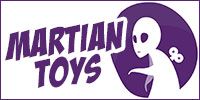

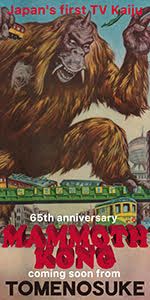
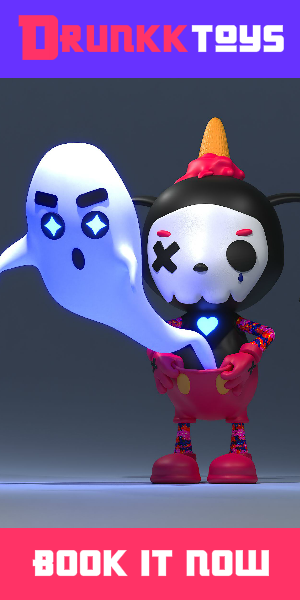







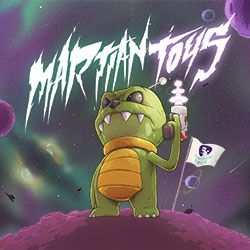
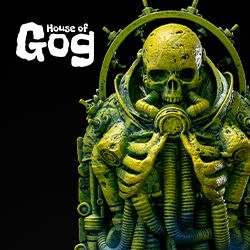
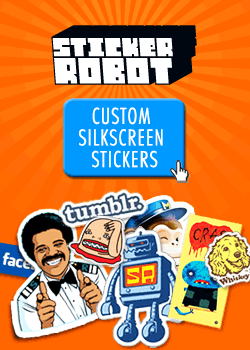

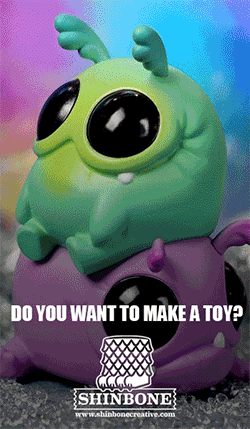
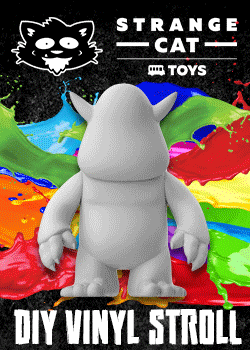

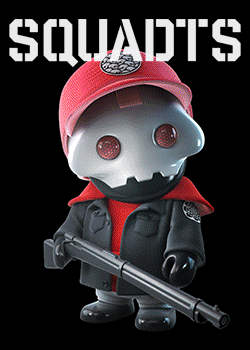


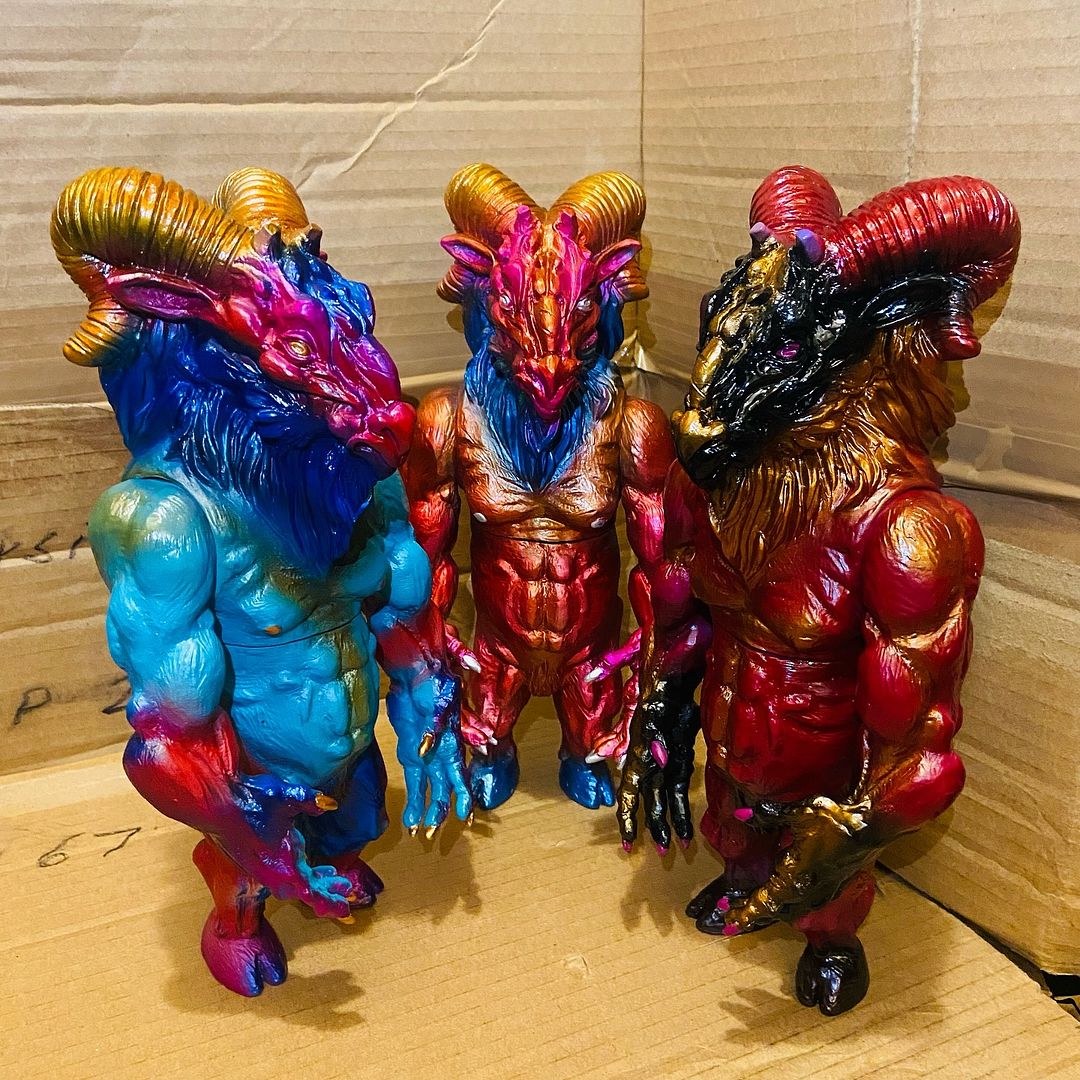

No comments
Post a Comment